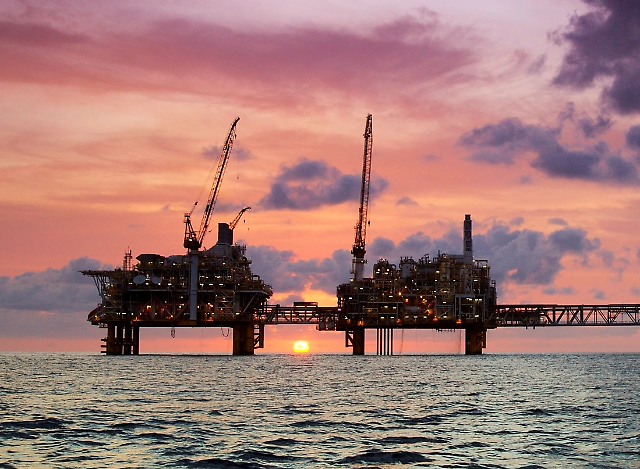
[Courtesy of SK E&S]
SK E&S said that it would embark on front-end engineering design (FEED) to recycle production facilities and submarine pipelines in the Bayu-Undan gas field into a carbon-neutral outpost. Production in the gas field jointly owned by SK E&S and energy companies in Australia, Italy and Japan, is to end in early 2023. FEED means basic engineering conducted after conceptual design or feasibility study.
The project is aimed at securing an overseas storage base that can handle carbon dioxide generated from the Barossa gas field and blue hydrogen production facilities in South Korea. "We will grow Bayu-Undan CCS into a global carbon-neutral hub through the enhancement of technological capabilities enhancement and thorough verification," SK E&S LNG team head Moon Sang-yo said in a statement on March 10.
As part of a broad group-wide project to promote hydrogen as a new growth engine, SK E&S disclosed a $1.4 billion investment decision In March 2021 to develop gas fields in northern Australia and bring in 1.3 million tons of liquefied natural gas per year for 20 years from 2025.
In 2012, SK E&S purchased a 37.5 percent stake in the Barossa and Caldita fields from ConocoPhillips and Santos for $310 million. Santos is a partner in the ConocoPhillips-led Darwin LNG plant in Australia’s northern territory. The South Korean company promised to realize CO2-free production by utilizing CCS technology that stores collected CO2 in nearby waste gas fields.
SK E&S has been allowed to use gas refining and liquefaction plants through equity investments in the Darwin plant. The company's parent group has presented a goal to build a plant capable of producing 30,000 tons of liquefied hydrogen per year from 2023, with SK E&S producing 250,000 tons of blue hydrogen from 2025. Blue hydrogen is derived from natural gas with carbon capture technology.




